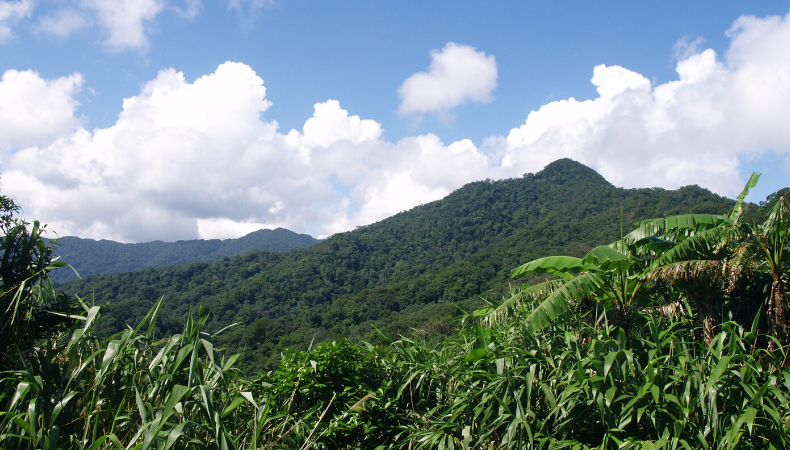Antalis unveils universal carbon offsetting initiative
.png?width=750)
Antalis UK has set out details of a new initiative whereby all material purchased from across its ranges of papers, packaging and visual communications can be carbon offset.
Customers can purchase these ‘carbon credits’ to support the creation of new UK woodlands - via Forest Carbon and the Antalis Woodlands initiative - or preserve global forests via Forest Carbon in South America, or a World Land Trust project in Vietnam (pictured). There will also be a choice to support a blend of all three projects.
The new initiative will build on an ongoing effort from Antalis to protect the environment. Since 2006, the company has planted over eight million trees in the UK, as well as a further 2.5 million overseas – equating to the removal of more than 2.5 million tonnes of carbon dioxide from the atmosphere.
Speaking to FESPA.com about the new project, Matt Botfield, corporate social responsibility manager at Antalis UK & Ireland, said that with the environment becoming an increasingly important consideration for print companies, schemes such as this will help them boost their green credentials.
“Hardly a client conversation goes by these days without the environment and sustainability being brought up,” Botfield told FESPA.com. “We all have a moral and humanitarian imperative to get involved, but now we have a commercial one too.
“Businesses in the print industry that can offer a marketable sustainability proposition will have the edge over those that can’t. And whilst we’ve been able to offset the emissions of papers for some time - and purchase ‘greener’ papers - plastics, packaging and visual communication materials have been a tougher ask.
“So we’ve worked with our partners to ensure we can calculate an accurate carbon figure for the production and distribution of these types of materials so that everyone – regardless of their business or basket of goods – can get involved and be more eco-conscious.”
Botfield noted there is no need to sign up or commit to a retainer in order to take advantage of the service, explaining that even if a printing company only has one customer who places a key focus on the environment, then the print company can choose to carbon balance that one job or project.
“This isn’t a new focus for us, we’ve got a strong and active sustainability thread through all that we do and work hard with our suppliers and customers to ensure that this is a priority across the industry,” Botfield said.
“That said, we can always be doing more, and need to keep pushing advances in practices and technology and do all we can to lessen our collective impact on our planet.”
Topics
Interested in joining our community?
Enquire today about joining your local FESPA Association or FESPA Direct
Recent news

The importance of ink for large format printers
Ink is crucial for large format inkjet printers, influencing substrate compatibility, productivity, and cost. Nessan Cleary discusses the three main types which include UV-curable ink, latex ink and eco-solvent ink. Each ink type has specific strengths and weaknesses, making printers choice dependent on budget and intended applications.

What are the benefits of Direct-To-Fabric printing?
Direct-to-fabric printing is gaining popularity for high-volume textile production, enabling on-demand, customized short runs. These printers offer ink flexibility, accommodating various fabric types like cotton and silk, though ink development focuses on faster turnaround by reducing pre- and post-processing. Compared to traditional methods, direct-to-fabric inkjet printing is a more sustainable option due to reduced water and chemical usage, and localized production.

What are the opportunities for large format providers regarding digital touch screens?
Digital touchscreens are becoming increasingly common, offering businesses opportunities to improve customer engagement and streamline operations. Nessan Cleary shares, while more expensive to implement than standard digital displays due to complex software and integration needs, touchscreens provide self-service options, multilingual support, and can reduce staffing costs in various settings like retail, transportation, and healthcare.
